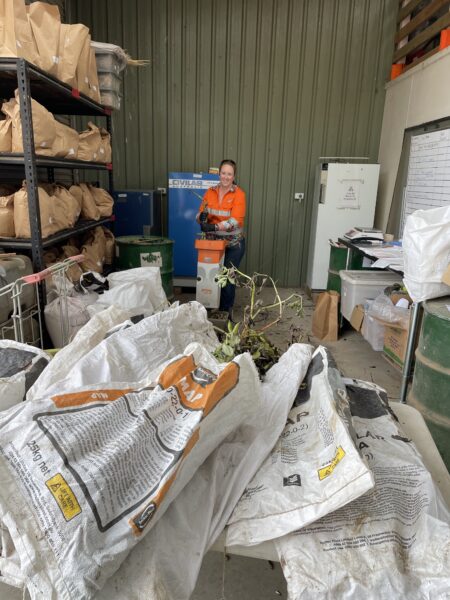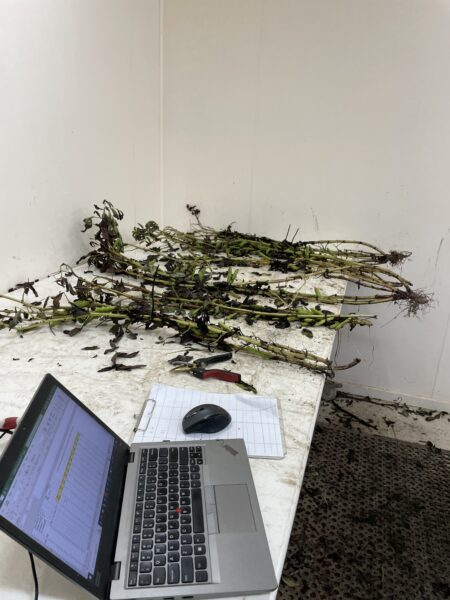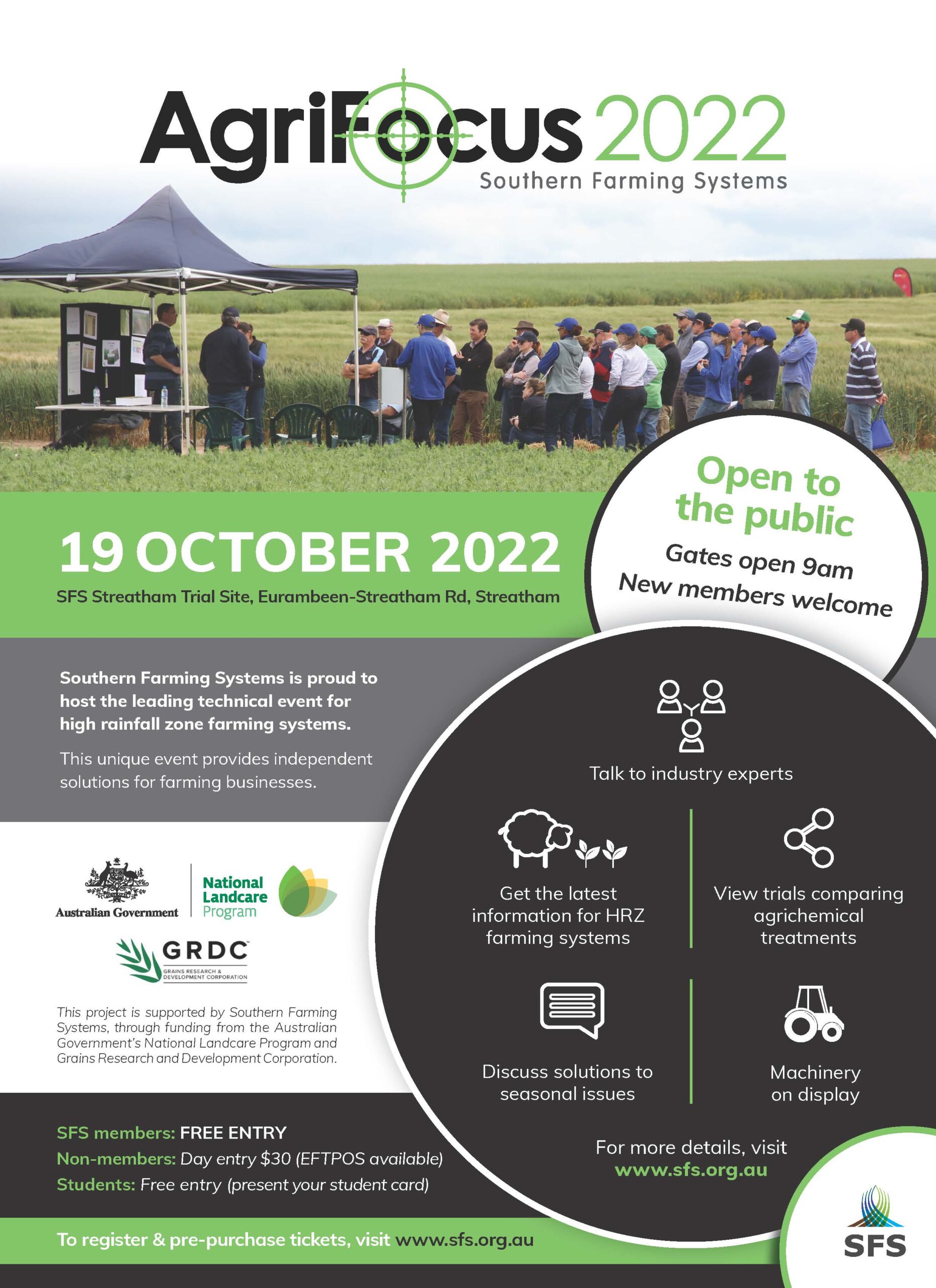
Faba Beans Galore!
The bean team at SFS has been working hard the last few weeks collecting, weighing, counting, mulching and drying faba beans! One of the key assessments in the Pulse Development and Extension is the evaluation of peak biomass. Due to beans being an indeterminate crop they don’t have an exact growth stage for peak biomass. Generally, peak biomass collection is around late October/early November during mid-late pod development, and before senescence of the leaves occur.
The collection of the peak biomass allows us to calculate how much DM/ha the beans have produced over the season. Knowing how much DM/ha each plot has produced gives us insight into varietal differences (especially in our time of sowing by variety trial), impact of disease and also means we can calculate harvest index. The counting of how many branches and pods per plant, also gives an insight into how many stems/m2, pods/plant and pods/m2, which can all further help us untangle faba bean phenology.
To calculate DM/ha, we collect 9 plants per plot, which is designed to account for plot variability. Once the 9 plants are collected, they are taken back to the shed where each plot is weighed for its fresh weight. We then count how many branches and pods are on each plant 3 plants are then chosen that represent the average and are mulched. From here, they are dried in our ovens and then weighed again, giving us a dried weight. The fresh and dried weights are used to calculate how much DM/ha each faba bean plot has produced.
Photo Left: Counting Bean Pods and Branches
Photo Right: Mulching the samples.
Source: G Duff, SFS






